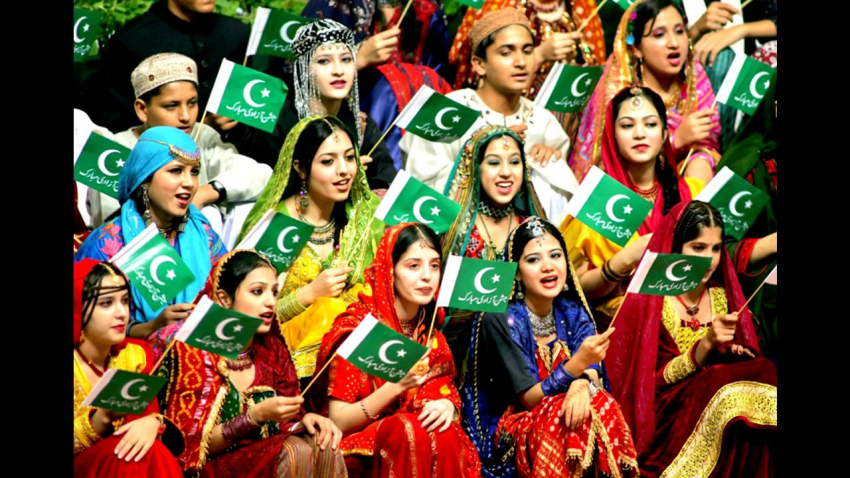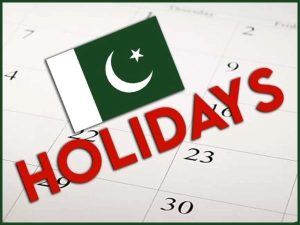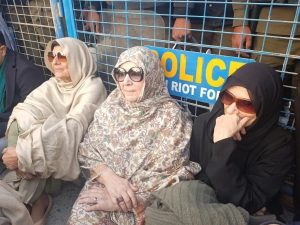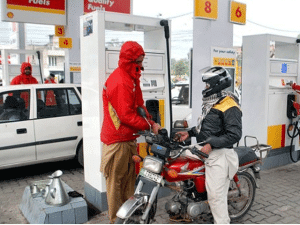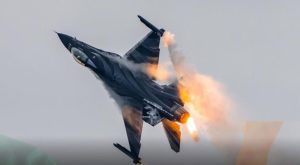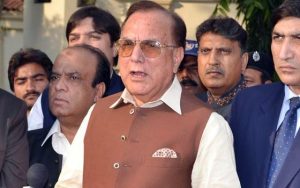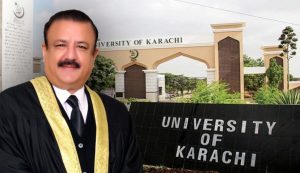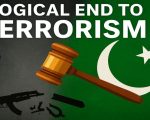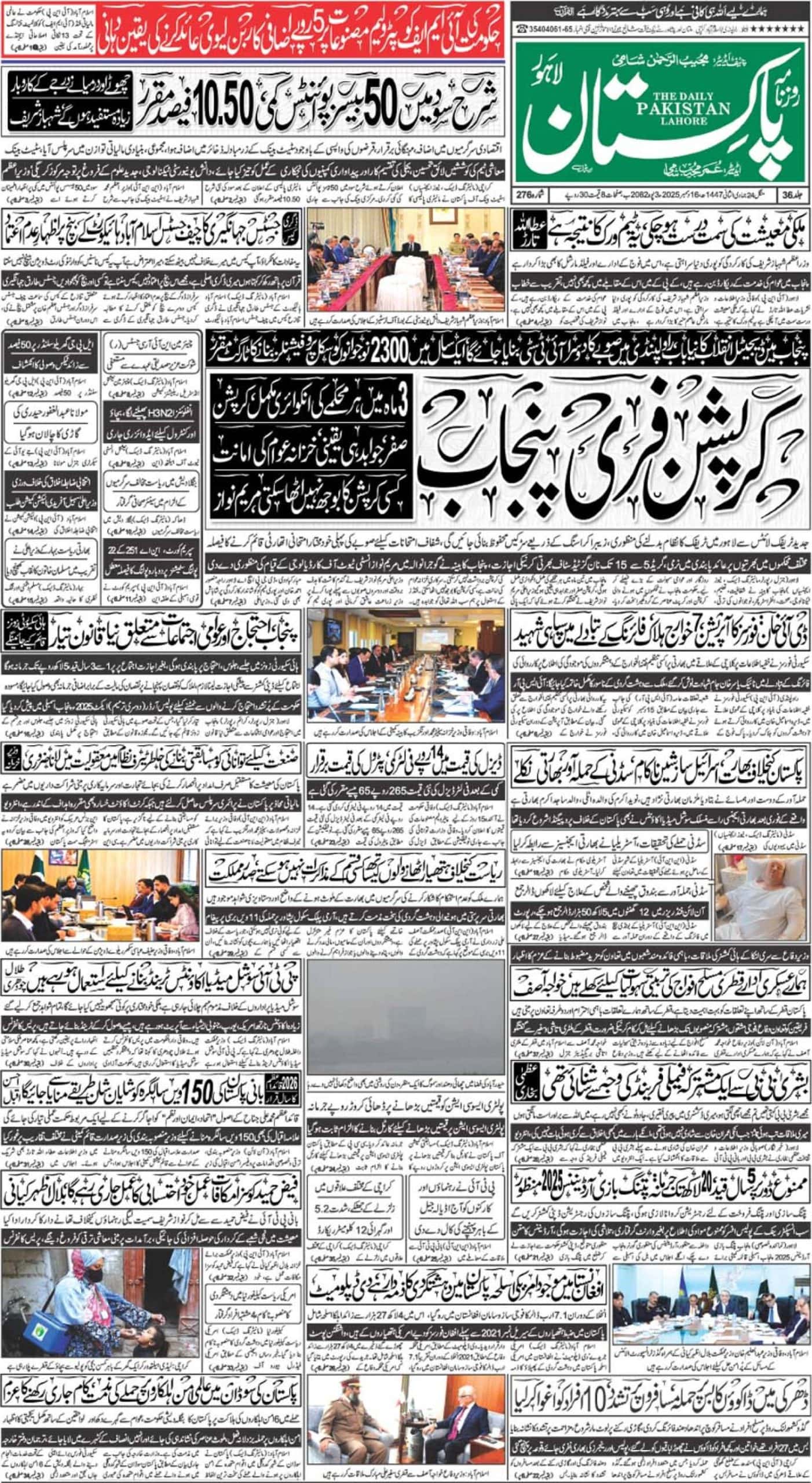Pakistan’s cultural and linguistic diversity has never been a much discussed subject in the channels of national discourse either in media, education or academia.
However, despite that, Pakistan has continued to accommodate a rich cultural diversity as the society is largely multi ethnic and multicultural. The Pakistani society comprises various diverse cultures and ethnic communities that majorly involve Punjabi, Sindhi, Baloch, Pashtun, Seraiki, Mohair, Kashmiri, Makrani, and the ancient Wakhi and Burusho groups in the north.
More than 65 different languages are spoken in Pakistan. Here are seven native languages of Pakistan that you probably never heard of:
Khowar
Khowar, also known as Chitrali, Qashqari and Arniya, is an Indo-Aryan language of the Dardic sub branch.
“Kho” means the people of Chitral, “War” means language. It is spoken by the Kho people in Chitral district, Ghizer district of Gilgit-Baltistan (including the Yasin Valley, Golaghmuli Valley, Phandar Ishkoman and Gupis), and in parts of Upper Swat.
https://youtu.be/xcQGgk_6RJ8
Shina
Shina is a language from the Dardic sub-group of the Indo-Aryan languages family spoken by the Shina people, a plurality of the people in Gilgit-Baltistan.
https://youtu.be/PypM5T7tcTs
Shina is the language of 40% people of Gilgit Baltistan.
Torwali
Towali is a Dardic language spoken in Kohistan and Swat districts of the Khyber Pakhtunkhwa Province. The language is indigenous to the Torwali people who live in scattered hamlets in the mountainous upper reaches of the Swat valley, above the Pashto-speaking town of Madyan up to the Gawri-speaking town of Kalam.
https://youtu.be/sOALlCjNji8
There are two main dialects of Torwali: Bahrain and Chail. Zubair Torwali, who is a community activist, linguist and educator based in Swat has sought to preserve and promote Pakistans Dardic cultures and languages. He has also published works in Dardic Torwali language, including a dictionary of the language.
Brahui
Brahui is a Dravidian language spoken by the Baloch and Brahui people in the central part of Baluchistan province.
https://youtu.be/0ztZhSxPv7k
The 2013 edition of Ethnologue reports that there are some 4 million speakers. Nearly all live in Pakistan, mainly in the province of Balochistan. There are also an unknown very small number of expatriate Brahuis in the Arab States of the Persian Gulf, Iranian Balochistan, and Turkmenistan.
Dhatki
Dhatki is one of the Rajasthani languages of the Indo-Aryan branch of the Indo-European language family. It is most closely related to Marwari.
https://youtu.be/BypXSOfdgWo
Dhati is spoken in eastern parts of Sindh province. Some Dhatki-speaking communities migrated to India in 1947 after the independence and continued to do so in small numbers after that date, but the great majority of Dhatki speakers still reside in Pakistan.
Burushaski
Burushaski is a language isolate spoken by Burusho people in northern Gilgit-Baltistan. It is spoken by people in Hunza-Nagar District, northern Gilgit District, and in the Yasin and Ishkoman valleys of northern Ghizer District.
https://youtu.be/H5n1bmuDvk0
Quite interestingly, Burushaski is a predominantly spoken rather than written language. Occasionally the Urdu alphabet is used, but no fixed orthography exists. Adu Wazir Shafi wrote a book Burushaski Razon using a Latin script.
Wakhi
Wakhi is an Indo-European language in the Eastern Iranian branch of the language family spoken today in Wakhan District, Afghanistan and also in Northern Pakistan, China, and Tajikistan.
https://youtu.be/ZiOfXjgSbD8
The Wakhi people are occasionally called Pamiris and Guhjali. According to some people, it is more than four thousand years old.
Radio Pakistan Gilgit relays the Wakhi radio programme “Sadoyah Boomy Dunyo”, the voice of the roof of the world. The Wakhi Cultural Association has arranged more than twenty programmes since 1984, which includes cultural shows, musical nights, and large-scale musical festivals with the collaboration of Lok Virsa Pakistan, the Aga Khan Cultural Service Pakistan (AKCSP), and Pakistan television.

